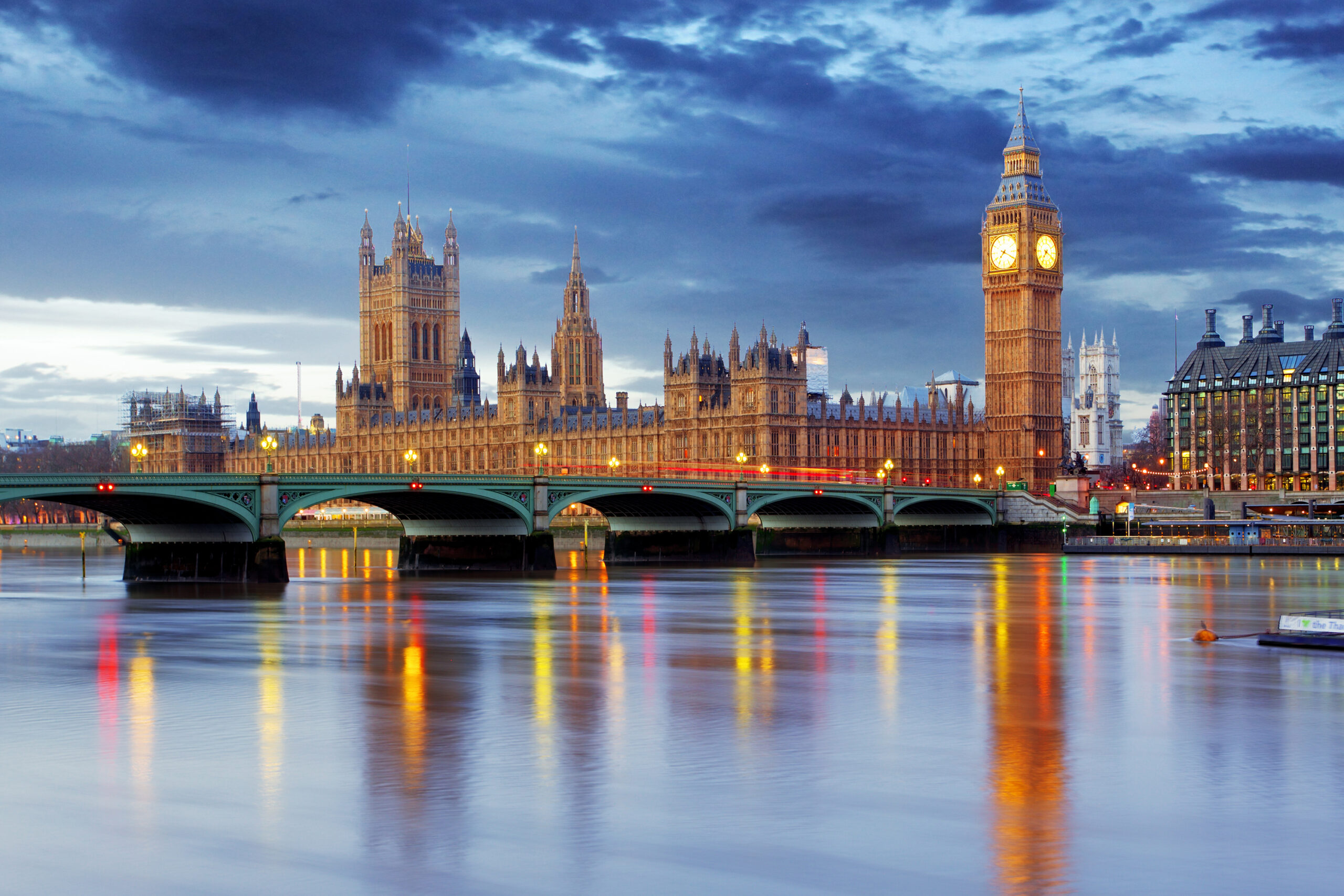With the Labour and Conservative party conferences having ended, it is worth reflecting on what they now mean and the value they have in public affairs. There is no doubt that the conferences have changed.
This year we were able to return to in-person conferences for Labour and the Conservatives whilst the Lib Dems and SNP have remained virtual. Whilst some were a little reticent, on the whole people were genuinely happy to be seeing each other again face-to-face and there was little evidence of a Covid hangover (whilst alcohol ones were more common).
Organisations rightly consider year-on-year whether attendance at the party conferences represents good value for money and there is no doubt that the Conservative conference was busier than that of Labour’s. This is probably to be expected mid-way through Parliament, but organisations always need to think about showing their political balance (especially so in the case of charities).
So, thinking particularly about public affairs, I had a few reflections on this year’s conferences:
- The Conservative conference is no longer a conference, it is a political trade show – no one has ever pretended that Conservative members have a role in making policy for the party. But, in the past, the members could contribute to discussions. That has now been removed. It is all about set-piece speeches / Q&As, the fringe and the exhibition;
- Brands dominate the fringe – the fringe events that got the punters in were largely organised by the names that people know (New Statesman, The Spectator, IEA, Con Home etc) and focused on issues related directly to key political issues – mostly levelling up and net zero. Other events generally had lower numbers of attendees but those really interested in the topic. In other words, the more specialist fringes got the right people in;
- MPs were less in attendance – on the face of it that could be a problem but if it opens space for other parts of the party to get involved and attend then that could suit your public affairs agenda perfectly;
- Can we meet in London? A further consequence of MPs not attending, or those attending being really pushed for time, is that meetings take place in London not in Manchester or Brighton. Again, that potentially opens up time to meet with other types of audiences and weens us off an obsession with Westminster politicians;
- It’s about the relationship – party conference activity is also about building relationships over the longer term. It can also play into other important considerations such as helping to identify ‘rising stars’ in any party as well.
I believe that attendance at the party conferences retains real value. It is the only time when you get a feel for the party itself, not just the public messages that are delivered. The ability to network, gain insight and see what others are doing as well is not something that can happen elsewhere.
Time to book the accommodation for next year’s conferences…

